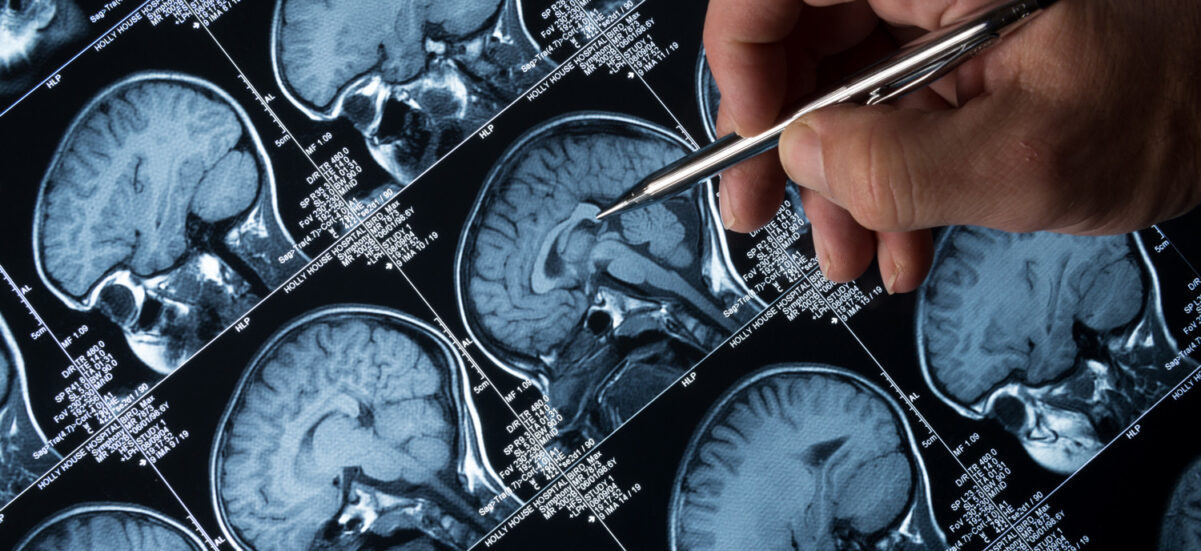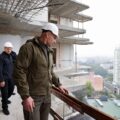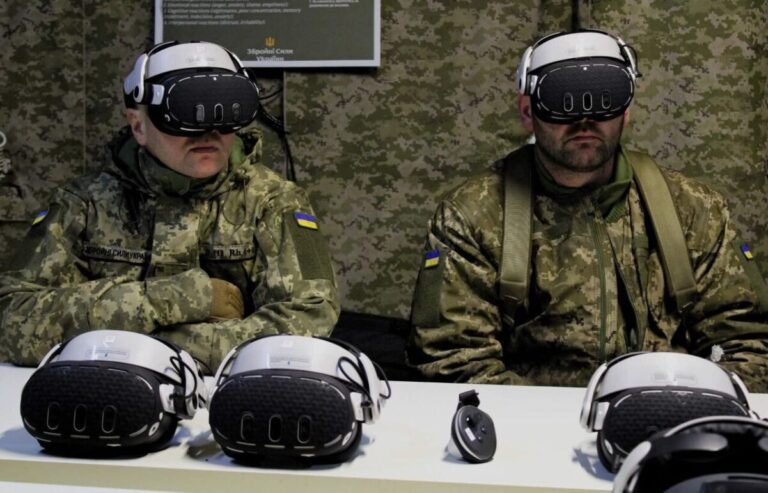
5G as a reconstruction backbone: pilots in Lviv, Kharkiv and Borodianka and what they deliver
This autumn, Kharkiv and Borodianka join Lviv in trialing 5G. The choice is deliberate: Kharkiv and Borodianka suffered heavy destruction, so verifying networks in these conditions answers the central question can 5G withstand real-world loads in infrastructure that’s being rebuilt.
The pilot has a dual purpose:
- a technical check of speed, stability, latency, and session resilience across bands and scenarios;
- practical deployment of digital municipal services, smart-city solutions for transport, safety and utilities, and fixed wireless access (FWA) to bring rapid connectivity to schools, clinics, administrative service centers, and shelters.
Lviv is a stable urban cluster with a sizable IT sector and moderate infrastructure risk. Kharkiv and Borodianka are a reconstruction cluster, where 5G must be tested not in a lab but amid rubble and build sites. Put simply: we need a network that holds under pressure in places with power outages, damaged backbones, and a high density of critical facilities.
5G by the numbers and facts: what exactly is being validated
- Speed: peak throughput in 5G is multiples higher than 4G. For cities, that means high-definition video from safety cameras, smooth cloud operations for municipal systems, and remote access to geodata, CAD plans, and e-registers.
- Latency: 5G is engineered for millisecond-level latency. That matters for traffic control, adaptive signals, remote equipment handling, and industrial automation.
- Capacity: support for massive device density per square kilometer. A city can roll out sensor networks for water and heat services, air-quality monitoring, and parking management.
- Logical network “slicing” (network slicing): an operator or city can carve dedicated virtual segments for critical services (emergency, health), isolating them from public traffic.
- FWA for rebuilding: where fiber is cut or takes months to lay, a 5G modem delivers high-speed access in days.
What this means for residents: applied scenarios
- Safety: real-time video analytics, smart panic buttons, traffic prioritization for emergency responders.
- Transport: adaptive traffic lights, live public-transport tracking, coordinated road-repair detours.
- Utilities: leak sensors, remote metering, predictive maintenance.
- Education and healthcare: stable tele-consultations, telemedicine, secure access to e-health records, connected shelters.
- Business: private 5G on factory floors and warehouses where low latency and guaranteed bandwidth are critical.
Straight talk and intent
We need to trial 5G where its value will be maximal: in reconstruction, in safety services, and in municipal digital tools.
This is not speed for speed’s sake. It’s a test of reliability and usefulness for people.
These lines capture the pilot’s intent: not “showcase” megabits, but real resilience in urban environments.
Advantages and constraints: the strengths and the trade-offs
Upsides:
- Higher throughput a city can run more services concurrently.
- Low latency enables genuinely smart processes, not their imitation.
- Flexibility logical segmentation for critical services; FWA for rapid hookups.
- Reconstruction economics digital tools reduce losses and speed up repairs and planning.
Challenges:
- Network cost denser site grids, fiber backhaul, and power upgrades.
- Energy use industry is improving efficiency, but system-wide power budgets must be planned.
- Devices not all phones, modems, and sensors support 5G; a phased fleet refresh is needed.
- Compatibility in a country at war, rigorous interference checks with military systems and critical infrastructure are mandatory.
By 2030, Ukraine plans to phase out 3G, repurposing spectrum for 4G/5G. For users, this means a smooth transitionwithout service drop-offs. For cities and businesses, it’s a signal to plan equipment refreshes to harness 5G capabilitiesfully.
How to measure success: clear yardsticks
- Coverage: not just on maps, but where it matters hospitals, stations, shelters, industrial zones.
- Stability: average speed and latency during peak hours, not only at off-peak.
- Real use-cases: how many municipal services truly run on 5G; how many reconstruction sites are connected via FWA.
- Benefit to people: service wait times, processing speeds, fewer outages in transport and utilities.
- Safety: traffic prioritization for responders; reliable links during alerts and power cuts.
Pilots should yield a concrete menu of solutions cities can deploy “out of the box” as 5G expands: video analytics, smart lighting, traffic control, FWA for critical sites, and private networks for enterprises. Next comes an open playbook for communities: which bands to use, what gear, funding models, and which KPIs to track.
In 2025, 5G for Ukraine isn’t a race for megabits; it’s a maturity test for a digital state under the hardest conditions. The pilots in Lviv, Kharkiv, and Borodianka should answer one question: can the network become part of reconstruction today? If the answer is yes, scaling must be swift focused on places where every second of connectivity translates into safety, work, and quality of life.














